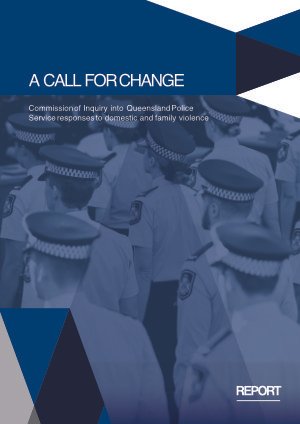By The United Nations Development Program (UNDFP)
As the most extreme form of violence, femicides pose a threat to the safety of women around the world. Although they occur in different contexts, as a result of an intimate partner violence and domestic violence, sexual violence, armed conflict, or for the purpose of so-called preserving family honor (“honor murder”), the main causes are still to be found in the unequal distribution of power between men and women, and deep-rooted patriarchal values, even in developed countries.
This analysis was carried out with the support of the German Government project “Improving National Practices for Small Arms and Light Weapons and Building Violence Resilient Communities“ implemented by UNDP. The project is part of a broader regional initiative, a Roadmap for a Sustainable Solution to the Illegal Possession, Misuse and Trafficking of Small Arms and Light Weapons and their Ammunition in the Western Balkans by 2024.
By improving data collection, analysis and dissemination of information related to Small Arms and Light Weapons it is ensured that policies and practices for its control are guided by analysis and based on evidence. The gender aspect of the project is of particular importance for these policies and practices to deliver the best results in building a society resistant to violence.
The purpose of this analysis is to present the murder of women and girls in the Republic of North Macedonia in the period from 2017 to 2020, and is a continuation of the first Analysis of Cases of Femicides - murders of women in the Republic of Macedonia conducted by the National Network to End Violence against Women and Domestic Violence, with technical and financial support from the United Nations Development Programme (UNDP).
The findings of the analysis will be used to develop recommendations for improving the system of prevention and protection of women who are victims of gender-based and domestic violence, which will contribute to the prevention of femicide as a consequence of long-term exposure to violence by an intimate partner violence and domestic violence.
Skopje, UNDP, 2021. 32p





















